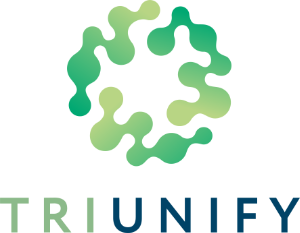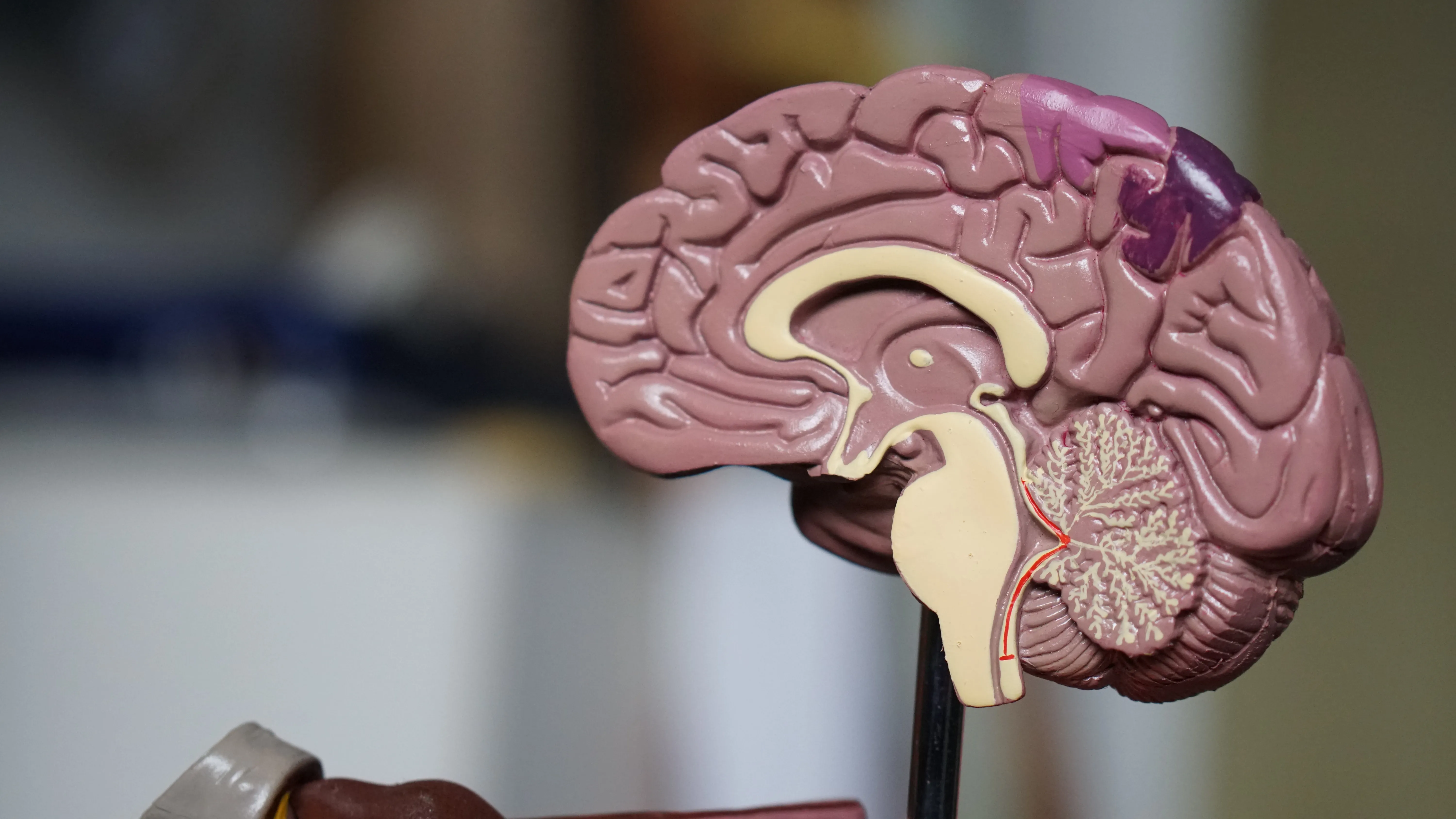Master the Art of Brainspotting: How Training Can Enhance Your Therapeutic Skills
Brainspotting Training Overview
Are you a therapist looking to take your practice to the next level? Look no further! In this article, we'll explore the world of Brainspotting and how it can revolutionize your therapeutic skills. We don't have any affiliation with David Grand's Brainspotting Trainings Inc. business-wise, so this article is purely meant for inspiration and information to colleagues in search for more.
Why would you train in Brainspotting?
Brainspotting is a cutting-edge technique that taps into the brain's natural ability to heal itself. By identifying and processing the deep neural connections within the brain, therapists can help their clients achieve profound healing and transformation. But how can you master this art and become a skilled brainspotting practitioner? The answer lies in training. Through specialized training programs, you can learn the techniques and tools necessary to effectively implement brainspotting in your practice. Not only will this enhance your therapeutic skills, but it will also enable you to offer your clients a unique and powerful approach to healing. So, if you're ready to take your practice to new heights, join us on this journey of mastering the art of Brainspotting!
What is Brainspotting?
Brainspotting is a therapeutic technique developed by Dr. David Grand in 2003. It is based on the understanding that our visual field has a direct impact on our brain and nervous system.
Brainspotting involves identifying specific eye positions, or "brainspots," that are related to the activation of traumatic or emotional experiences in the brain. By focusing on these brainspots, therapists can access and process the underlying neural connections, leading to deep healing and transformation.
In traditional talk therapy, clients often struggle to access and process traumatic or emotional experiences on a cognitive level alone. Brainspotting bypasses the limitations of verbal communication by tapping into the brain's innate capacity for healing. By identifying and working with specific brainspots, therapists can facilitate the release and integration of unresolved emotions and traumas, leading to profound shifts in clients' well-being.
The power of Brainspotting lies in its ability to access the brain's natural ability to heal itself. It works directly with the autonomic nervous system, which regulates our body's response to stress and trauma. By focusing on brainspots, therapists can activate the brain's natural self-regulatory mechanisms, allowing clients to release stored trauma and restore balance to their nervous system. Brainspotting is effective for a wide range of issues, including trauma, anxiety, depression, addiction, and performance enhancement.

The Benefits of Brainspotting Training
While Brainspotting can be a powerful therapeutic technique, it requires specialized training to master. Through Brainspotting training programs, therapists can learn the skills and techniques necessary to effectively implement this approach in their practice. The benefits of Brainspotting training are numerous.
First and foremost, training in brainspotting enhances therapists' clinical skills and expands their therapeutic toolbox. By incorporating brainspotting into their practice, therapists gain a powerful and effective approach to help their clients achieve deep healing and transformation. Brainspotting training equips therapists with the knowledge and techniques to identify and work with brainspots, facilitating the release and integration of unresolved emotions and traumas.
In addition to enhancing therapeutic skills, brainspotting training also opens up new opportunities for therapists. As the demand for alternative and holistic approaches to healing continues to grow, having expertise in brainspotting can set therapists apart from their peers. It allows them to offer their clients a unique and powerful approach to healing that can yield profound results. By mastering the art of brainspotting through training, therapists can position themselves as leaders in their field and attract clients seeking transformative experiences.
Furthermore, brainspotting training provides therapists with ongoing support and professional development. Training programs often include supervision and consultation, allowing therapists to deepen their understanding of the technique and refine their skills. This ongoing support ensures that therapists continue to grow and evolve as practitioners, staying at the forefront of the field.
The Science Behind Brainspotting
To understand the science behind Brainspotting, it is important to explore the brain's remarkable capacity for healing and adaptation. The brain is a complex organ composed of billions of interconnected neurons that form neural networks responsible for various functions and behaviors. When we experience trauma or emotional distress, these neural networks can become dysregulated, leading to symptoms such as anxiety, depression, and physical pain.
Brainspotting taps into the brain's ability to reorganize and rewire itself, known as neuroplasticity. Neuroplasticity refers to the brain's capacity to form new neural connections and modify existing ones. Brainspotting works by activating specific brain regions and neural networks associated with trauma or emotional distress, allowing for the reprocessing and integration of these experiences.
Through the use of bilateral stimulation, such as eye movements or sound, brainspotting activates both hemispheres of the brain, facilitating communication and integration between different brain regions. This bilateral stimulation helps to synchronize the brain's activity, allowing for the release and integration of unresolved trauma and emotions.
Research in the field of neuroscience has provided support for the effectiveness of brainspotting. Studies have shown that brainspotting can lead to significant reductions in symptoms of trauma, anxiety, and depression. Neuroimaging studies have also revealed changes in brain activity following brainspotting sessions, indicating the reorganization and integration of neural networks.
How Brainspotting Training Enhances Therapeutic Skills
Brainspotting training is designed to provide therapists with the knowledge, skills, and techniques necessary to effectively implement this approach in their practice. Training programs typically offer a comprehensive curriculum that covers the theoretical foundations of brainspotting, practical exercises, case studies, and supervised practice.
Through training, therapists learn how to identify and work with brainspots, which are specific eye positions that correlate with the activation of traumatic or emotional experiences. Training programs teach therapists how to guide clients in focusing on these brainspots, facilitating the release and integration of unresolved emotions and traumas.
In addition to teaching the technical aspects of brainspotting, training programs also emphasize the importance of the therapeutic relationship and the use of attunement and presence. Therapists learn how to create a safe and supportive environment for clients, allowing them to explore and process their experiences at their own pace.
Moreover, brainspotting training enhances therapists' ability to attune to their clients' internal experiences and subtle shifts in their nervous system. Through training, therapists develop a heightened sense of observation and intuition, allowing them to guide clients through the healing process with precision and sensitivity.
By mastering the art of brainspotting through training, therapists gain a powerful and effective approach to healing that can greatly enhance their therapeutic skills. They become skilled in identifying and working with brainspots, facilitating deep healing and transformation in their clients. Brainspotting training equips therapists with the tools and techniques necessary to help their clients achieve profound shifts in their well-being.
The Different Levels of Brainspotting Training
Brainspotting training is typically divided into different levels, each building upon the previous one. The different levels of training allow therapists to gradually deepen their understanding and proficiency in brainspotting.
Brainspotting Phase 1 Training
Phase 1 training provides an introduction to the theoretical foundations and techniques of brainspotting. Therapists learn the basic skills necessary to identify and work with brainspots. They gain an understanding of the neuroscience behind brainspotting and its applications in trauma and other psychological issues.
Brainspotting Phase 2 Training
Level 2 training expands upon the foundational skills learned in Level 1. Therapists deepen their understanding of the brainspotting process and learn advanced techniques and interventions. Level 2 training also explores specific applications of brainspotting, such as working with complex trauma, dissociation, and performance enhancement.
Brainspotting Phase 3 Training
Level 3 training is designed for therapists who have completed Levels 1 and 2 and wish to further refine their skills and expertise in brainspotting. This advanced training delves into the nuances of the technique and explores cutting-edge developments in the field of Performance Enhancement, Sports Psychology and working with 'Parts' (like we do in Internal Family Systems).
Brainspotting Phase 4 Training
Level 4 training is designed for therapists who have completed Levels 1 and 2 and wish to know more about specific applications: Body Spotting or Pointer Spotting (using the pointer on the body, instead of using it in the visual field only), Dream Spotting (using Brainspotting on a dream) and Expansion Brainspotting (opening the window for dreams, inspirations and new horizons).
The Brainspotting Masterclass
In the Brainspotting Masterclass students learn to work like David Grand does on a daily basis in his hometown, Manhattan. The masterclasses provide the opportunity to look with more depth into specific applications, techniques and see the founder at work in practicum sessions.
The Brainspotting Intensive
The 5-day Brainspotting Intensives are the crown on the Brainspotting training curriculum. For five days you will work with David Grand or a very experienced international trainer (depends where you applied for), both as a client as well as as a therapist. The Intensive is very personal and helps 'living Brainspotting' as opposed to 'doing a new technique'.
Brainspotting Specialist Trainings
The courses that are offered in various countries worldwide tend to differ a bit. Lisa Larson has provided great trainings on Expansion Brainspotting, Damir del Monte can easily fill two days just lecturing on Brainspotting and the human brain and Ruby Gibson utilizes Brainspotting with great gratitude towards David Grand, because now she is much more effective in working with Generational Trauma.
Finding the Right Brainspotting Training Program
When considering brainspotting training, it is crucial to find the right program that aligns with your goals and learning style. Here are some factors to consider when choosing a brainspotting training program:
1. Accreditation: Ensure that the training program is accredited by a reputable organization, such as the Brainspotting International (BPI). Accreditation ensures that the program meets certain standards and follows ethical guidelines.
2. Faculty: Research the background and experience of the trainers and faculty members. Look for trainers who have extensive experience in the field and are recognized as experts in brainspotting.
3. Curriculum: Review the curriculum of the training program to ensure that it covers the topics and skills you are interested in. Consider whether the program offers a comprehensive approach to brainspotting or focuses on specific applications.
4. Format: Consider the format of the training program, whether it is in-person, online, or a combination of both. Choose a format that suits your learning preferences and logistical considerations.
5. Support and Supervision: Inquire about the level of support and supervision offered during and after the training program. Ongoing support and consultation are essential for deepening your skills and ensuring ethical practice.
Tips for Maximizing Your Brainspotting Training Experience
By following these tips, you can maximize your brainspotting training experience and lay a solid foundation for becoming a skilled brainspotting practitioner.To make the most of your brainspotting training experience, consider the following tips:
1. Embrace a Beginner's Mind: Approach the training with an open and curious mindset, willing to learn and explore new concepts and techniques. Let go of preconceived notions and embrace the opportunity for growth and transformation.
2. Practice Self-Care: Brainspotting training can be intense and emotionally demanding. Prioritize self-care during and after the training, ensuring that you have the support and resources you need to process your own experiences.
3. Seek Supervision and Consultation: Take advantage of the supervision and consultation offered during the training program. This guidance and feedback from experienced trainers can greatly enhance your learning and skill development.
4. Engage in Peer Support: Connect with fellow trainees and create a supportive network. Share experiences, insights, and challenges with your peers, fostering a community of learning and growth.
5. Continuously Learn and Evolve: Brainspotting is a rapidly evolving field, with new research and techniques emerging. Stay updated by attending conferences, workshops, and advanced training programs. Continuously seek opportunities for learning and professional development.
Conclusion: The Transformative Power of Brainspotting Training
In conclusion, mastering the art of brainspotting through training can revolutionize your therapeutic skills and take your practice to new heights. Brainspotting taps into the brain's natural ability to heal itself, allowing therapists to facilitate deep healing and transformation in their clients. Through specialized training programs, therapists gain the knowledge, skills, and techniques necessary to effectively implement brainspotting in their practice.
The benefits of brainspotting training are numerous. It enhances therapists' clinical skills, expands their therapeutic toolbox, and opens up new opportunities for professional growth. By incorporating brainspotting into their practice, therapists can offer their clients a unique and powerful approach to healing that can yield profound results.
Whether you are a seasoned therapist or just starting your career, embarking on the journey of brainspotting training can greatly enhance your therapeutic skills and transform your practice. So, if you're ready to take your practice to new heights, explore the world of brainspotting and unlock its transformative power. Master the art of brainspotting and become a skilled practitioner, empowering your clients to achieve deep healing and transformation.
Dirk Jan Versluis (MM, MSc) is psychologist and executive coach and specializes in the integral psychology of trauma, leadership and top performance.
Popular Related Posts:
Unlocking the Power of Brainspotting: Understanding its Meaning and Benefits








